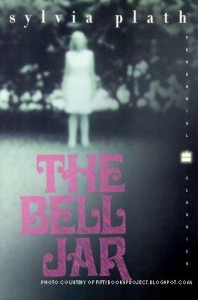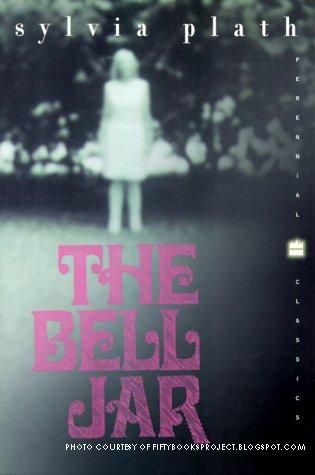
A novel about shock treatments, asylum visits, drug overdoses and lesbian encounters. It’s not Lindsay Lohan’s biography, but a dense and intense novel entitled The Bell Jar.
The Bell Jar is a semi-autobiographical novel chronicling the life of Esther Greenwood and her descent into a deep, dark depression. Written by Sylvia Plath in 1961, the book was published two years later, shortly before Plath’s suicide that same year.
The Bell Jar is used as a metaphor for Plath and Greenwood’s mindsets; they’re surrounded by a bubble, or “jar”, that, no matter how hard they try, they are unable to escape. The majority of the novel illustrates Greenwood’s quest to find herself through her interactions with society.
Plath suffered from severe depression for the majority of her adult life. She uses the protagonist, Esther, to relay the details to the world. Her stay at an asylum, her father’s death and her passion for poetry are a few of the similarities that Plath and Greenwood share.
Being Plath’s only novel, The Bell Jar flows very nicely with the lyrical style of her previous works. Her background in poetry is evident. Despite its dark tone and depressing theme, the novel has a somewhat poetic and light-hearted flow.
However, I feel as though someone who did not know the background to Plath’s life would not have enjoyed the novel. The details of Esther’s depression are glazed over, and there is no explanation as to why exactly she feels the way she does.
Originally, Plath had not intended to publish the book, saying she felt as though it wasn’t “serious.” This is made obvious with the fact that Esther never has a definite ending to her story.
But that’s what makes the novel so real: those who suffer from mental illnesses are unable to pinpoint exactly why they’ve done, what they’ve done or whether there will be a relapse into depression. Throughout the book, Esther is continuously making random and reckless decisions in a desperate attempt to escape the jar and search for feelings that she’s never experienced before.
The knowledge of Plath’s suicide only months after the publication was released ties the entire story together. Esther Greenwood had not fully escaped the “bell jar” by the end of the novel, nor had Sylvia Plath toward the end of her life. That, in my opinion, is what makes this novel thought-provoking, intriguing, intense and worth the read.

Leave a Reply